Thank you letter for donation template
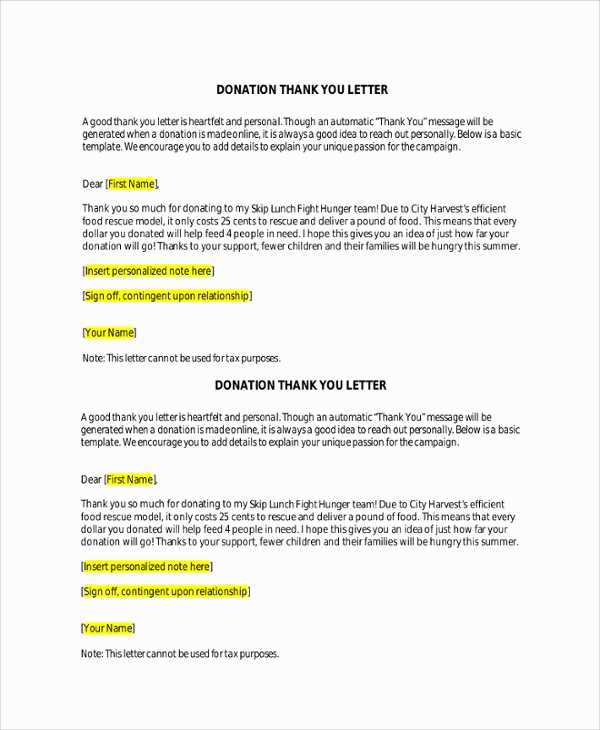
Use this thank you letter template to express your genuine appreciation for the generous donation you’ve received. Tailor it to suit your cause and highlight the specific impact the donation will have. Keep the tone warm, personal, and specific to ensure your gratitude feels authentic.
Begin by addressing the donor by name and acknowledging their contribution. Mention the exact amount or item donated to make the recognition personal. Explain how their support will help further your mission and what tangible results you anticipate from their generosity.
End the letter with a final note of appreciation, offering your thanks once again for their trust and involvement. Include an invitation for future engagement if appropriate, and reinforce your commitment to making the most of their support.
Thank You Letter for Donation Template
Begin your thank you letter by acknowledging the donor’s generosity right away. Use their name and clearly mention the specific amount or item they contributed. Acknowledge how their donation will be used to make an impact and encourage them by explaining the difference they are making.
Template Example:
Dear [Donor’s Name],
Thank you for your generous donation of [amount/item]. Your contribution plays a significant role in helping us [mention the cause or specific project]. Because of you, we are able to [describe a specific outcome or improvement]. Your support enables us to continue making a real difference in the lives of those who need it most.
Steps to Personalize the Template:
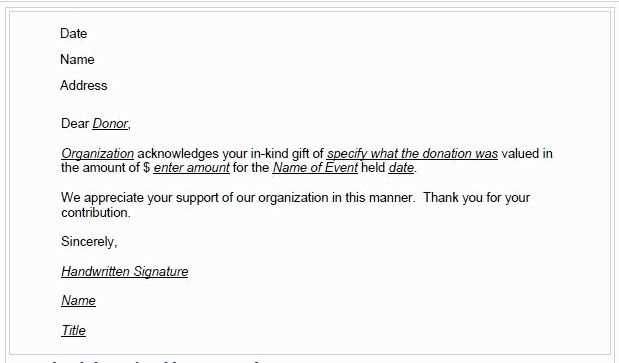
- Use the donor’s first name to create a personal connection.
- Specify the exact contribution made–whether it’s a financial donation or a physical item.
- Highlight how the donation will have a direct impact on your organization or cause.
- Express gratitude for their commitment to supporting your mission.
- Consider adding a call to action, such as inviting the donor to a future event or to stay updated on how their gift is being used.
Closing with a warm, sincere note and signing off with your name and position completes the letter. A short but heartfelt thank you leaves a lasting impression.
How to Address the Donor in a Personalized Way
Use the donor’s full name or preferred title. Acknowledging their identity right from the start shows respect. For example, instead of a generic greeting like “Dear Friend,” opt for “Dear Mr. Johnson” or “Dear Sarah.” If the donor prefers a more casual tone, consider using their first name.
Tailor the message to reflect their donation. Mention the specific contribution they’ve made to show that you recognize and appreciate their support. For instance, “Your generous donation of $500 will help fund new educational resources for our students.” This detail makes the donor feel valued and connected to the cause.
Consider the donor’s past involvement. If they’ve donated before or have been a long-time supporter, acknowledge this history. A phrase like “As a loyal supporter of our mission” establishes a stronger connection and makes the donor feel recognized for their continued support.
Be mindful of the tone. A personalized thank-you letter should feel warm and sincere. Avoid using overly formal language that can create distance, but also steer clear of sounding too casual if you don’t know the donor well. Strike a balance that suits your relationship with the person.
Close the letter by reinforcing their impact. Acknowledge how their specific contribution is making a difference. A closing like “With your support, we are able to reach new heights in our work” reminds them of the positive effect of their donation and leaves a lasting impression.
Key Elements to Include in a Donation Acknowledgement
When writing a donation acknowledgement, include these key elements to ensure the donor feels appreciated and informed.
1. Personalization
Address the donor by name and reference their specific contribution. Mention the exact amount or item donated, and highlight its significance to your cause. Personal touches make the message more meaningful and show genuine gratitude.
2. Acknowledgement of the Donation’s Impact
Clearly explain how the donation will be used. Donors want to know how their support will make a difference. Detail the direct impact their contribution will have, whether it’s funding a specific project or supporting a broader initiative.
3. Tax Information
If applicable, include the necessary tax information, such as a statement that the donation is tax-deductible. Provide the relevant tax identification number and any specific details the donor may need for their records.
4. A Thank You Message
Express sincere gratitude for the donation. Use warm language that reflects the donor’s generosity and support. A heartfelt thank you goes a long way in building lasting relationships.
5. Next Steps or Opportunities for Further Involvement
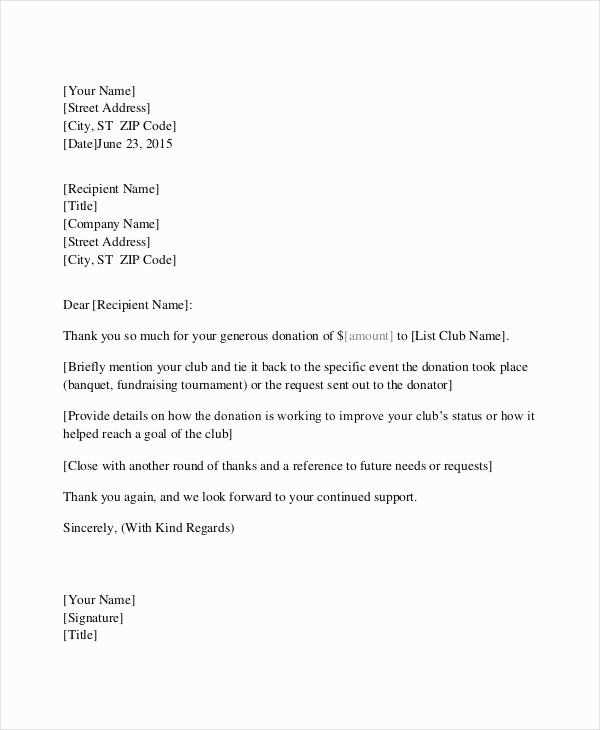
Offer ways for the donor to stay engaged with your organization. This could include signing up for newsletters, attending events, or other ways to continue supporting the cause.
6. Contact Information
Include your contact details, so the donor can reach out with any questions. This adds a personal touch and reinforces that you are available to them.
Expressing Gratitude: Tone and Language to Use
Use clear and warm language that reflects genuine appreciation. Directly acknowledge the donation and its significance to your cause. This creates a personal connection with the donor and makes them feel valued.
Be Specific About the Impact
Clearly outline how the donation will make a difference. Instead of general statements like “your support is helpful,” specify what it will accomplish, such as funding a specific project or helping a particular group of people.
Use Positive and Personal Language
Incorporate positive adjectives and personal touches. Use the donor’s name to make the message feel individual. Replace formal or distant language with approachable and friendly terms, fostering a sense of collaboration.
| Before | After |
|---|---|
| “We appreciate your donation.” | “Your generous contribution is helping us build a new library for local schools!” |
| “Your support is valuable to us.” | “Thanks to you, we can provide vital health resources to underserved communities.” |
Crafting your message with these thoughtful language choices ensures that the donor feels personally involved and appreciated, strengthening their connection to your cause.
How to Mention the Purpose of the Donation
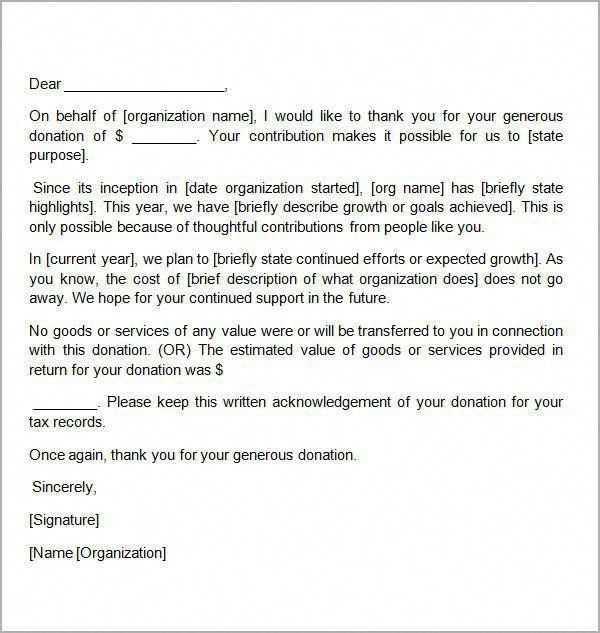
Clearly stating the purpose of the donation adds meaning to the gift and strengthens your relationship with the donor. Specify how their contribution will be used and its impact. This transparency builds trust and encourages future support.
Be Direct and Specific
Avoid vague language. For example, instead of saying “Your donation helps,” specify “Your donation will provide new books for the library.” This directness gives the donor a clear understanding of where their money is going and how it will make a difference.
Highlight the Impact
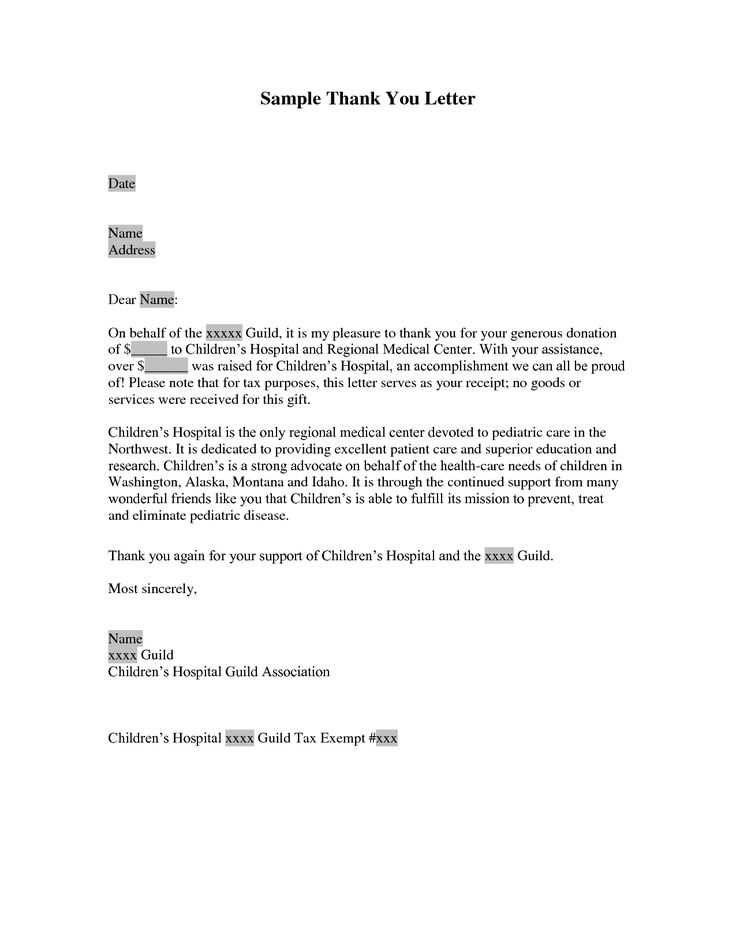
Donors want to know their contribution is making a difference. Mentioning concrete outcomes, such as “Your support will allow us to provide meals for 100 families,” helps create a stronger connection between the donor and the cause.
Adding a Call to Action: Encouraging Future Support
Invite continued involvement by making it easy for donors to take the next step. A clear, direct call to action (CTA) creates momentum for future contributions and engagement. Here are key strategies to inspire ongoing support:
- Offer multiple ways to contribute – Include options such as monthly donations, volunteer opportunities, or sharing your cause on social media.
- Express how their support makes a difference – Demonstrate the tangible impact of their donation with examples, stories, or outcomes from previous campaigns.
- Set a goal – Present a specific target for future donations, showing progress and explaining how additional support will help reach it.
- Encourage recurring donations – Highlight the convenience of automated monthly giving. Mention how consistent contributions help sustain long-term initiatives.
- Personalize your message – Use the donor’s name and reference their previous involvement to make them feel valued and connected to your mission.
- Provide easy access to donate – Ensure the donation process is simple and user-friendly, with a prominent link or button to make it easy for donors to give again.
By creating a seamless, engaging experience, you can keep donors invested in your cause and motivate them to continue supporting your work.
Formatting Tips for a Professional and Polished Letter
Keep your letter clean and easy to read by using a clear and consistent font like Arial, Times New Roman, or Calibri. Stick to 10-12 point font size. Margins should be set to 1 inch on all sides to maintain a balanced layout.
Use Proper Spacing
Set the line spacing to 1.5 or double-spacing to make the content more accessible. Ensure there is a space between each paragraph to avoid cluttering the page.
Align Text Appropriately
Align the text to the left to maintain a clean, professional look. Avoid centering text as it can appear informal and disorganized. Use left alignment for both the body and the address block.
Address Block: Start by placing the recipient’s name and address in the upper left corner. Follow this with your organization’s name and address, if applicable, before the date.
Salutation: Use a formal salutation such as “Dear [Name],” or “Dear [Title] [Last Name],”. If you don’t know the name, use “Dear Sir/Madam,”.
Final Touch: Before signing off, add a polite closing such as “Sincerely” or “Best regards.” This gives your letter a courteous finish while maintaining professionalism.